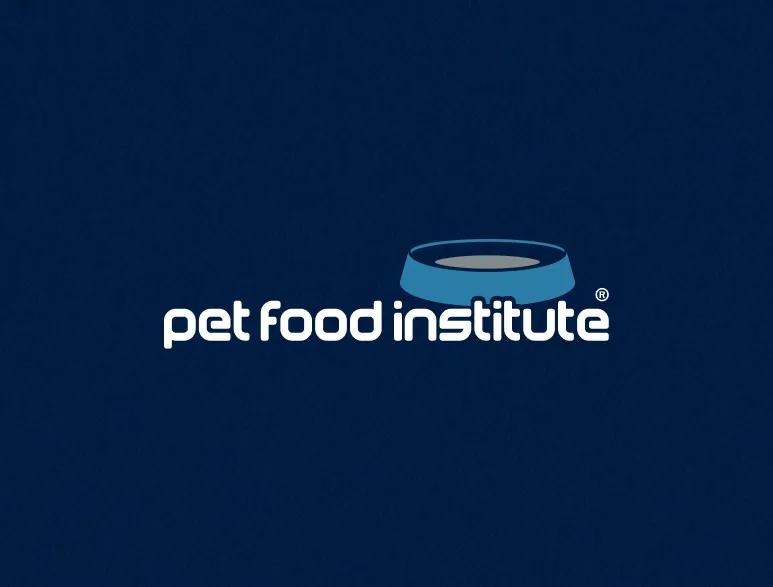Join the Pet Food Institute (PFI) as we continue our look at pet food, from A to Z. Click here to re-visit our previous post on fats.
A new puppy or kitten can make an exciting addition to the family. It’s important for households to be prepared for the needs of a growing pet, however, and ready to provide the specialized care they require, including their nutritional needs. Did you know that young dogs and cats need higher levels of certain nutrients to help support their healthy growth? Read below as we dive in to some of the ways that a puppy or kitten is unique, what makes their pet food different, and what to look for on the food label.
Energy to Fuel Your Pet’s Growth
A puppy or kitten’s weight can double or triple in size during the first few weeks of their life. Between this growth and the playtime with littermates and in new environments, a growing pet needs significantly more energy in their diet. In fact, the National Research Council of the National Academy of Sciences (NRC) estimates that the energy needs of a puppy or kitten can be double those of an adult animal of the same breed. Don’t forget that increased energy means increased calories, so food appropriate for a puppy or kitten will have more calories.
Added Nutrients for Healthy Development
The first months of your pet’s life are the most important as they develop healthy bones and body systems, such as the vision and immune system. A dog or cat food recipe will have more than 40 essential nutrients that support your pet, but some of these play especially critical roles for growing pets and may be required at higher levels. Pet food makers will formulate recipes meant for puppies or kittens differently. Some examples of these differences include:
- Protein and Amino Acids: With your pet’s increased energy needs and growing body comes an increased need for protein and amino acids. The NRC has identified higher concentrations of certain amino acids that will be appropriate for younger pets.
- DHA and EPA: Don’t forget that fats, made up of fatty acids, are an important part of a pet’s diet! Young pets require two specific Omega-3 fatty acids, DHA (Docosahexaenoic acid) and EPA (Eicosapentaenoic acid), in higher amounts. These fatty acids promote the development of a pet’s brain and vision.
- Calcium and Phosphorus: Both kittens and puppies require higher levels of calcium and phosphorus in their diets. These two minerals work together to support the development of strong bones.
- Trace Minerals: Found in very small amounts in a diet, trace minerals provide a range of functions that support your pet’s health. Veterinary researchers have identified certain trace minerals as required in slightly higher levels for puppies or kittens, depending on the species.
On the Label
When preparing for a new puppy or kitten, pet owners can take the important first step of providing the nutrients their pet needs. When choosing food for your growing puppy or kitten, look for a diet that is designed for either growth or all life stages. This means that the food will have higher levels of those nutrients indicated above – and more calories and energy. If your pet is on food formulated only for puppies or kittens, remember to switch them to a diet appropriate for adult pets as they get older. Your veterinarian will be the best source to consult when deciding to switch diets.
National Research Council. Nutrient Requirements of Dogs and Cats. The National Academies Press, 2006.
Association of American Feed Control Officials (AAFCO). 2017 Official Publication.



